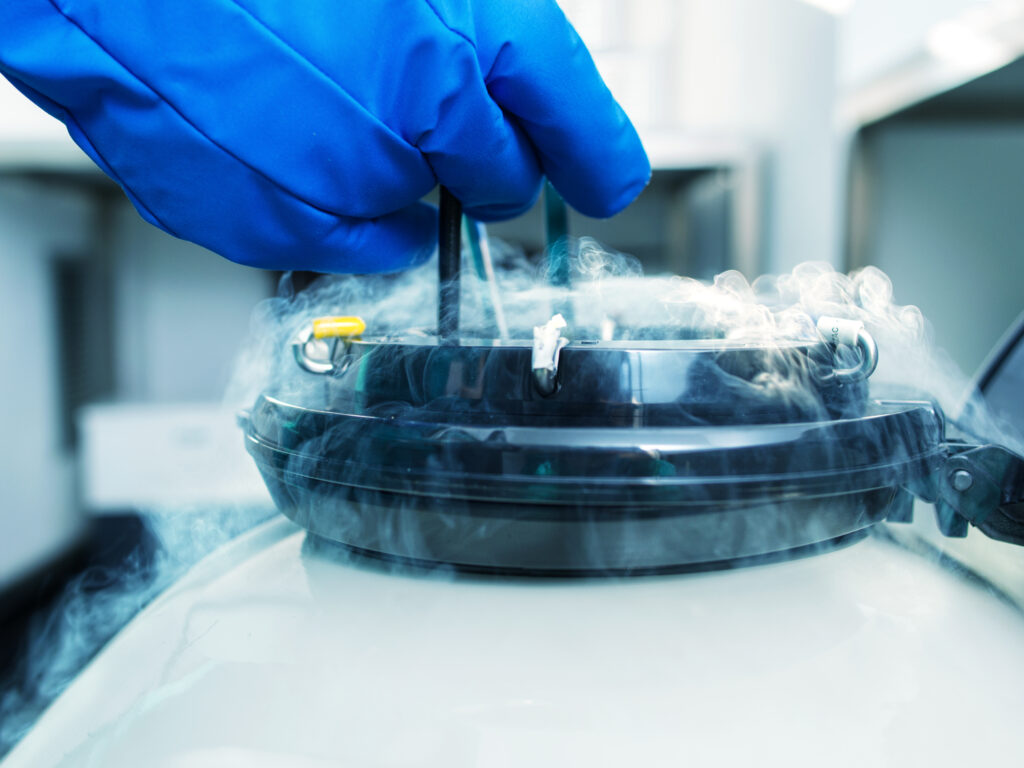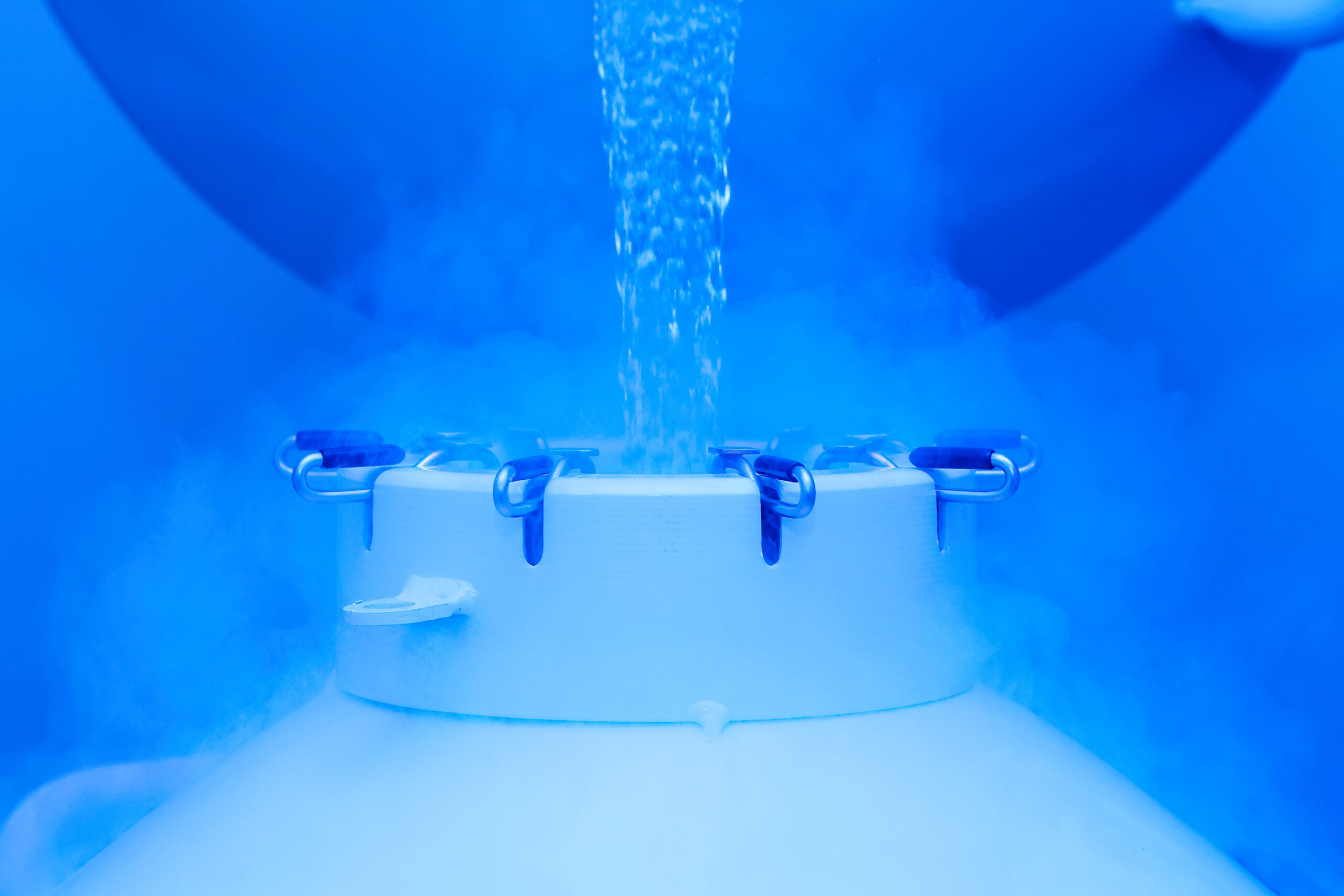Liquid nitrogen (LN2) is a fascinating substance with a wide range of applications, from cryopreservation to cooling in various industrial processes. However, its extreme cold temperatures pose significant safety risks if mishandled. In this blog post, we’ll delve into the uses of liquid nitrogen and discuss important safety measures to ensure its proper handling.
Firstly, let’s understand liquid nitrogen. LN2 is essentially nitrogen in a liquid state, achieved by cooling nitrogen gas to extremely low temperatures. With a boiling point of about −196 °C (−321 °F; 77 K), liquid nitrogen is utilized as a highly efficient coolant in various industries due to its ability to maintain temperatures far below freezing.

One of the critical characteristics of liquid nitrogen is its Leidenfrost effect. When LN2 comes into contact with a surface significantly warmer than its boiling point, it immediately boils and forms a layer of insulating nitrogen gas bubbles. This effect limits its cooling efficiency, but faster cooling can be achieved by using a slush of liquid and solid nitrogen rather than liquid nitrogen alone.
Despite its utility, handling, and storage of liquid nitrogen require careful consideration due to its frigid temperatures. Direct contact with skin can cause severe cold burns, similar to frostbite. Special gloves should always be worn when handling LN2, and any spills or splashes should be immediately addressed to prevent injuries.
It’s important to note that while a small splash or brief contact with liquid nitrogen may not cause immediate harm due to the Leidenfrost effect, prolonged exposure or pooling of the substance can lead to severe burns. Therefore, strict safety protocols should be followed, and individuals working with liquid nitrogen should be properly trained on handling procedures.
Moreover, liquid nitrogen is commonly used in cryopreservation and storage of biological samples such as gametes and embryos. In these applications, maintaining the integrity of the stored samples is paramount. Storage rooms for liquid nitrogen containers must be located outside the laboratory to minimize evaporation and ensure proper ventilation.
In addition to personal protective equipment such as gloves and goggles, other safety measures include proper storage and transportation of liquid nitrogen containers. Containers should be securely sealed and stored in well-ventilated areas to prevent the buildup of pressure from evaporating nitrogen gas.
https://www.airgas.com/msds/001188.pdf
Regular inspections of equipment and storage facilities are essential to identify potential hazards or leaks. Proper container labeling and clear communication of safety procedures to all personnel working with liquid nitrogen are also crucial to prevent accidents.
In conclusion, while liquid nitrogen offers numerous benefits in various industries, it demands respect and careful handling due to its extreme cold temperatures. By following established safety protocols, utilizing appropriate protective gear, and ensuring proper storage and ventilation, the risks associated with liquid nitrogen can be effectively mitigated, allowing for its safe and responsible use in a wide range of applications.

